It is probably the least considered capital city in Tuscany, because many believe, wrongly, that Livorno has a more recent history than other better-known and, according to common perception, more pleasant (not only Florence, Siena and its neighbor and rival Pisa, but also Lucca, Pistoia, Prato), and consequently is a city that does not have much to offer art lovers or those who want to indulge in a cultural weekend. Livorno, in fact, has a millennial history: the city developed mainly in the Middle Ages, following the silting up of the port of Pisa, and soon became, between the fifteenth and sixteenth centuries, the main maritime city of Tuscany, until in the sixteenth century it became the great port of the Medici grand duchy.
A place of trade first and a great industrial city later, it was also a center that experienced, especially between the sixteenth and eighteenth centuries, the cultural policies of the Medici first and the Lorraine later, which marked the imprint and appearance of a city that presents itself to the visitor never the same, but with extremely varied and interesting panoramas: from the elegant waterfront of Ardenza to the splendid Terrazza Mascagni, the place of choice for seaside strolls, from the ramparts of the ancient Fortress to the alleys of the Venice district with its canals, from the orderly center that develops around Via Grande to the frenetic bustle of the Medicean Port area, Livorno is a city that has a great deal to give to those who visit it. We have therefore selected in this article ten places to visit (although there would actually be many more!) if you are in Livorno.
Dedicated to St. Francis, it was designed by Bernardo Buontalenti at the end of the 16th century and consecrated in 1606, but its appearance has been retouched several times over the centuries, first with 18th-century extensions, and then especially following World War II, when the bombings of 1943 and 1944 almost completely destroyed the Labronian cathedral. Reconstruction work ended in 1953, and thus the Cathedral’s appearance is modern. However, to visit the Duomo is to get an idea of the art with which the Medici wanted to enrich the city in the 17th century: the paintings by Jacopo Ligozzi, del Passignano, and Jacopo Chimenti that originally decorated the wooden ceiling survived the bombings and were once again placed in their place, albeit in a structure that only partly resembles the far more sumptuous original covering, and other important works appear among the altars, such as the great funeral monument of Marco Alessandro del Borro, a magnificent marble work by Giovanni Battista Foggini, and then paintings by Francesco Curradi, Pietro Sorri, and other notable seventeenth-century artists. The altarpieces also include one (a miracle of St. Francis) by Giuseppe Bezzuoli, one of the leading Italian artists of the early 19th century. In addition, Livorno Cathedral also preserves Christ Crowned with Thorns, an important work by Beato Angelico.
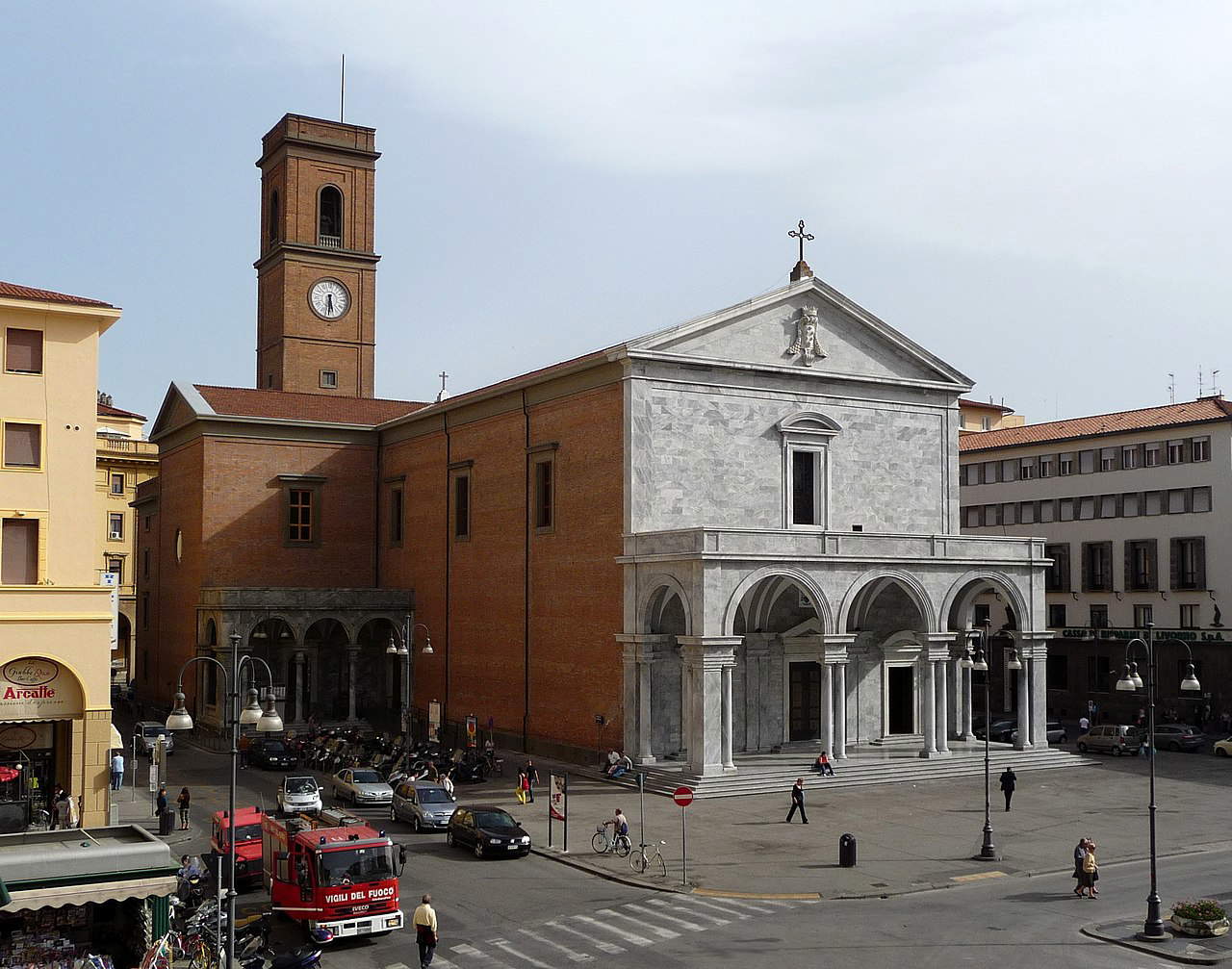
It is housed in the 19th-century Villa Mimbelli (the building alone would be worth the visit) and is an essential stop to learn about the varied and luxuriant artistic history of 19th- and 20th-century Livorno. Just two names out of all would suffice, those of Giovanni Fattori (who was a native of Livorno and was always very attached to the sights of his native land, even though he worked for most of his life in Florence: he often returned to the coast, however) and Amedeo Modigliani, who was also born and trained in the city. The Museo Civico, named after Giovanni Fattori himself, preserves important works by both artists (including a youthful Tuscan landscape by Modigliani, and the last known work by Fattori), but that’s not all: there is really the best of Macchiaioli painting (with works by Telemaco Signorini, Silvestro Lega, Serafino de Tivoli), you can learn about the works of Modigliani’s master, namely Guglielmo Micheli, and important works by the Gruppo Labronico, an artistic association founded in 1920. And then many great names in Italian art at the turn of the 19th and 20th centuries: Gaetano Previati, Plinio Nomellini, Llewellyn Lloyd, Adolfo Wildt (whose Santa Lucia was recently acquired by the museum), Giovanni Boldini, Vincenzo Cabianca, Cristiano Banti, Vittore Grubicy, Oscar Ghiglia, Ulvi Liegi, Mario Puccini and many others.
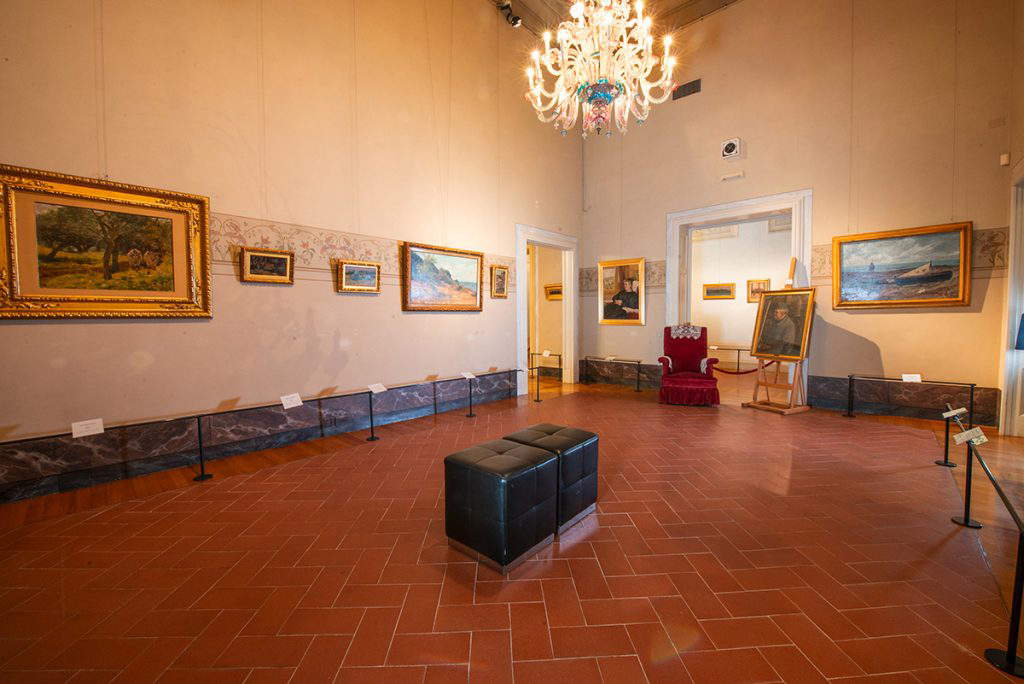
The Bottini dell’Olio are located at the beginning of the Venice district and not far from the Medici Port, and are an 18th-century warehouse, used, as the name obviously suggests, as a storehouse for oil derricks. In the following century, the spoils became a warehouse for different kinds of foodstuffs, and then after World War II it was transformed into a shelter for the needy. Recovered in the 1980s, the building became home to the Labronica Library and then, after further restoration work that began in 2013, the Bottini dell’Olio became home to the City Museum, which opened on April 30, 2018, in a tour that also involves the ancient deconsecrated church of the Assumption and St. Joseph, an integral part of the Museum. The institute houses the contemporary section of the city’s art collections, with works by artists such as Emilio Vedova, Piero Manzoni, Enrico Castellani, Pino Pascali, Gianfranco Baruchello, Giuseppe Uncini, Tancredi Parmiggiani, and many others, and is also home to important exhibitions (for example, the centenary review of Modigliani’s passing was held here in 2020).
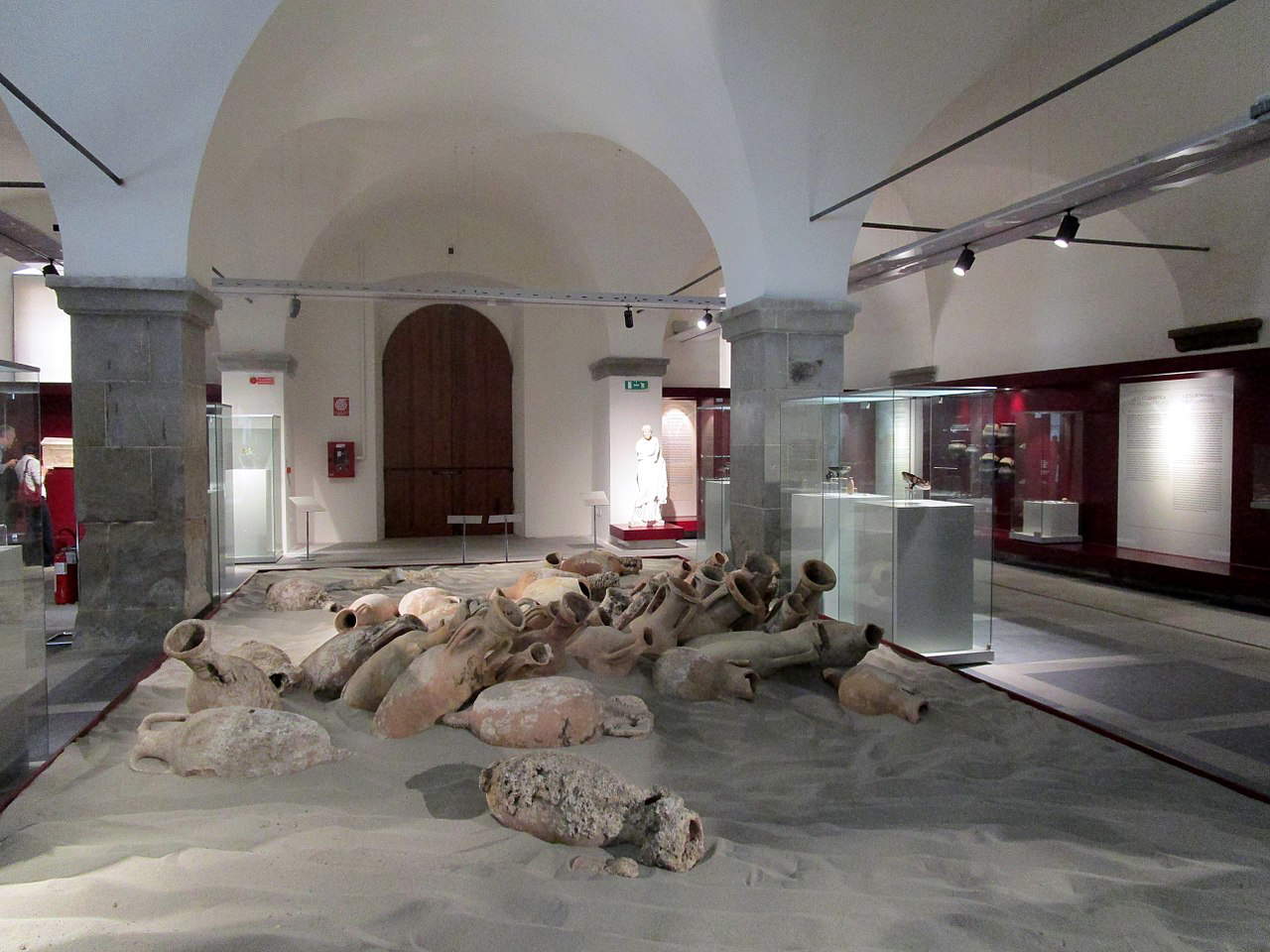
Livorno is rich in important buildings of worship, filled with works of art and built especially between the 16th and 18th centuries, that is, at the time of the city’s greatest development and urban expansion. We highlight at least three of them: the eighteenth-century church of San Ferdinando in the Venezia district, designed by Giovanni Battista Foggini in 1707 and completed in 1716 by Giovanni del Fantasia, houses inside one of the masterpieces of the late Tuscan Baroque, namely Giovanni Baratta’s Vision of St. John of Matha; the church of Santa Caterina, another structure designed by Giovanni del Fantasia, and noticeable even from afar for its octagonal dome, also gives space inside to an altarpiece by Giorgio Vasari depicting theCoronation of the Virgin (it was not intended for the church: it was located in Rome and was purchased in 1818 by a citizen, Antonio Filicchi, who later donated it to the church); the ancient and scenic church of San Jacopo in Acquaviva, which dominates a terrace located on the waterfront.
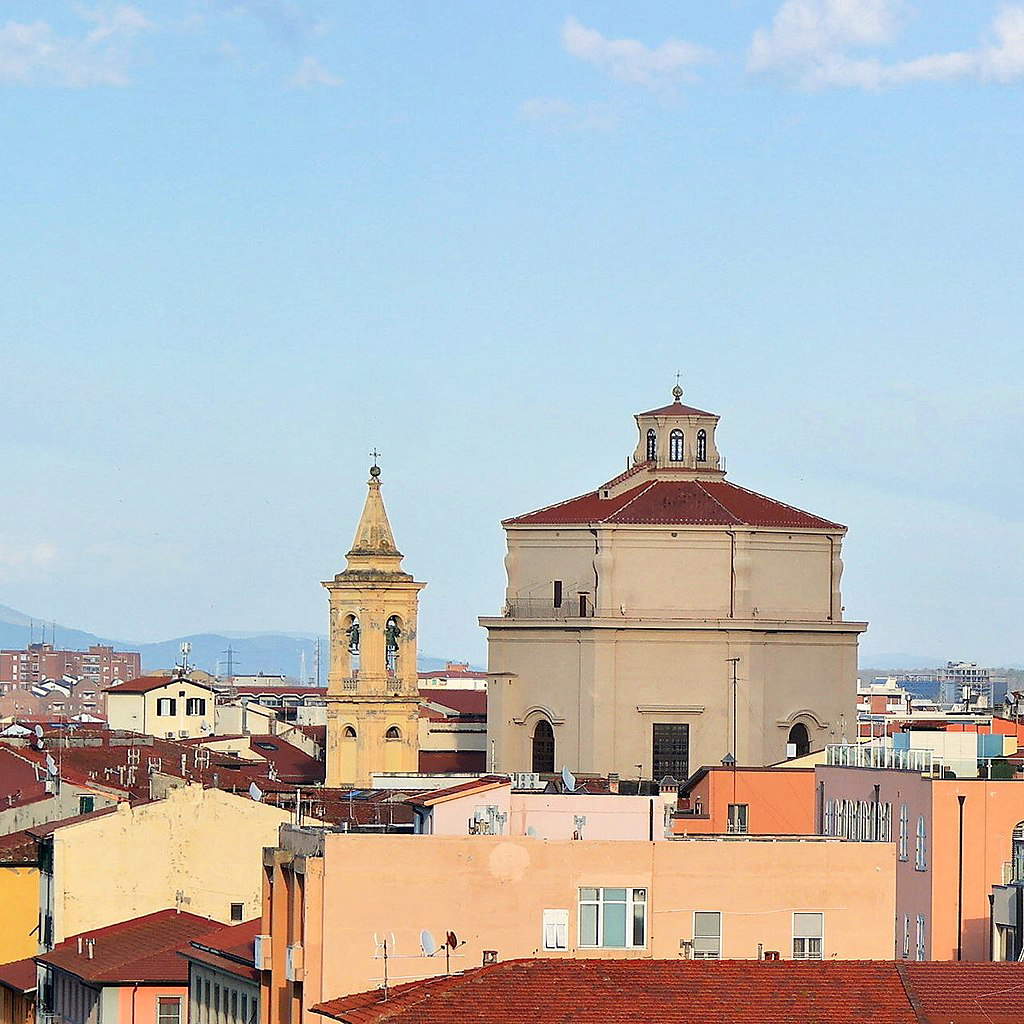
It deserves its own chapter, however, the Church of the United Greeks, partly because of its history and partly because of its appearance. It is known by this name because it was originally the place of worship of the Orthodox community of the Byzantine rite: it was ceded to the Catholics only after the war, when it changed its dedication to become the Church of the Purification (today it is dedicated instead to the Holy Annunciation). It was built between 1601 and 1606, designed by Alessandro Pieroni, to provide a place of worship for the large Greek community in the city (many Greeks in fact served on the ships of the Order of St. Stephen, which at the time effectively constituted the grand ducal navy). The spectacular façade is embellished with marble reliefs, designed by Giovanni Baratta or Giovanni Battista Foggini: it survived the bombings of the war (which nonetheless partly disfigured it), which, however, obliterated much of the building’s appearance, starting with the rich coffered ceiling that housed an Annunciation by Giovanni Domenico Ferretti in the center. The ceiling was later rebuilt after the war. The church then underwent further work that was completed in 2012.
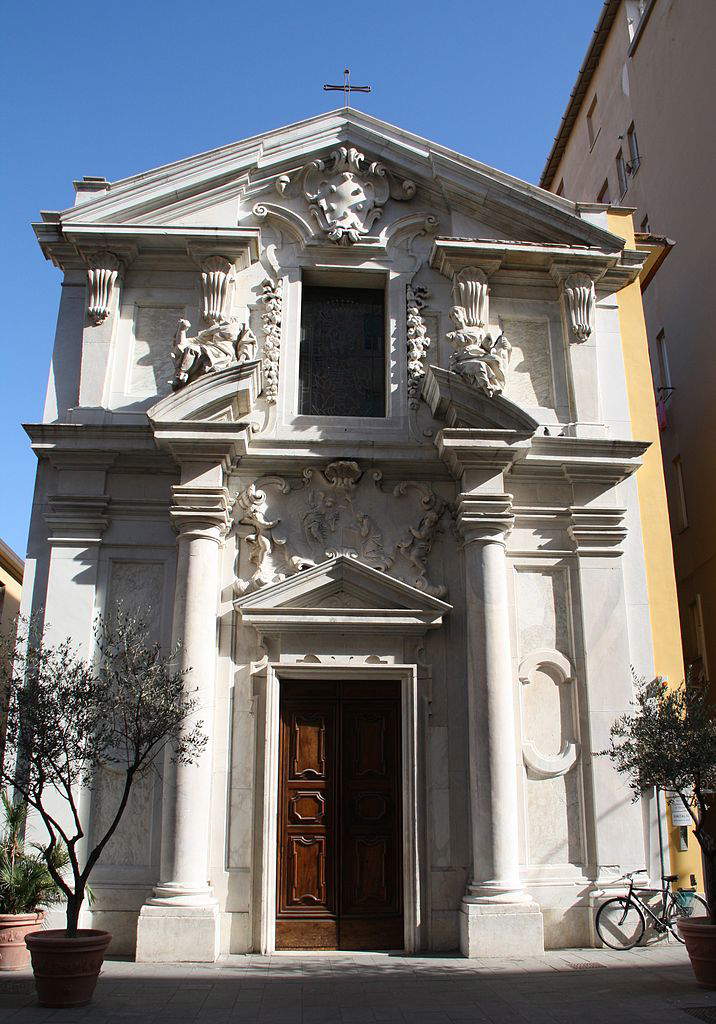
It is probably the best known of the city’s monumental cemeteries; it was founded in the late 16th and early 17th centuries (the exact date is unknown), when Livorno also became an important base for the British navy and consequently witnessed the emergence of a large community of inhabitants originally from the British Isles. It was devastated during the bombings of World War II, but still retains many of its tombs, which house the remains of distinguished personalities from Britain: the most famous is surely Tobias Smollett, the great Scottish novelist who disappeared in Livorno in 1771. Near the cemetery stands the Anglican Church of San Giorgio, one of the most interesting neoclassical buildings in Tuscany, built between 1839 and 1844, and currently a place of worship for the city’s Romanian Orthodox community.
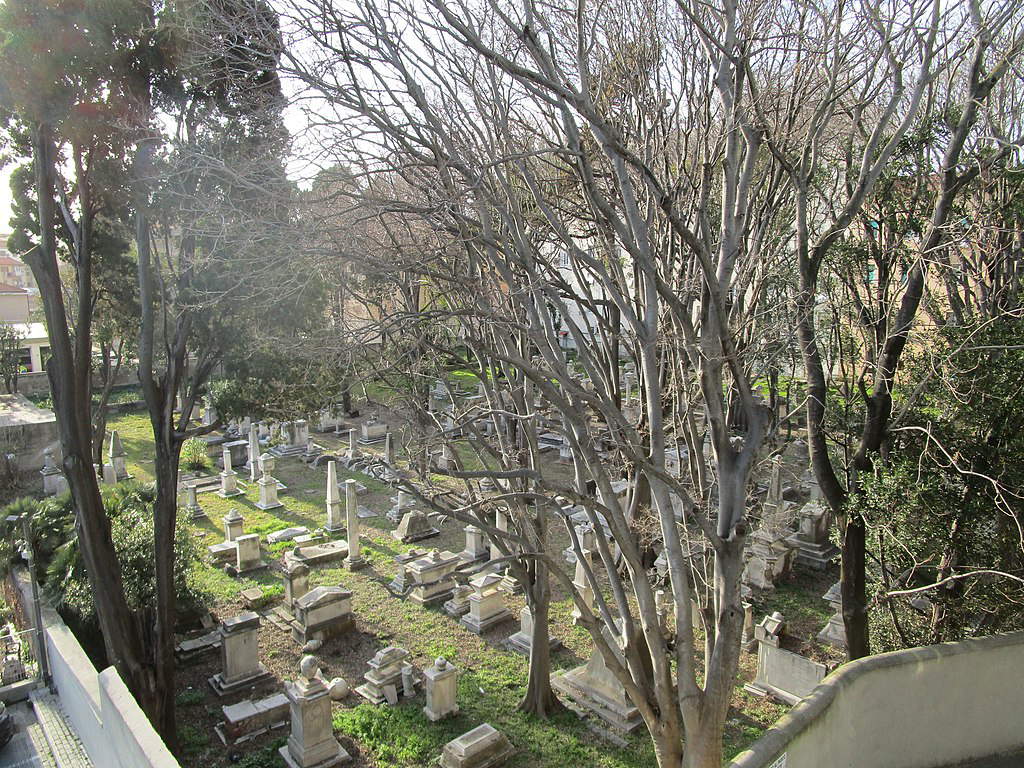
This is one of the most impressive and at the same time most curious and visionary neoclassical architectures in Italy. It is a large water cistern, partly still in use, designed in 1828 by architect Pasquale Poccianti, and inaugurated in 1842 by Grand Duke Leopold II. The cistern has a capacity of 11 thousand cubic meters and served as storage for water from the springs located in Colognole, on the hills surrounding the city. The real special feature of the structure is its facade, characterized by a distinctive half-dome with coffered ceiling (clearly inspired by that of the Pantheon in Rome), raised above a portico supported by eight columns. It is a unique example of a building that was able to give concrete form to the visions of French architects Étienne-Louis Boullée and Claude-Nicolas Ledoux, who had envisioned similar structures but never succeeded in realizing them.
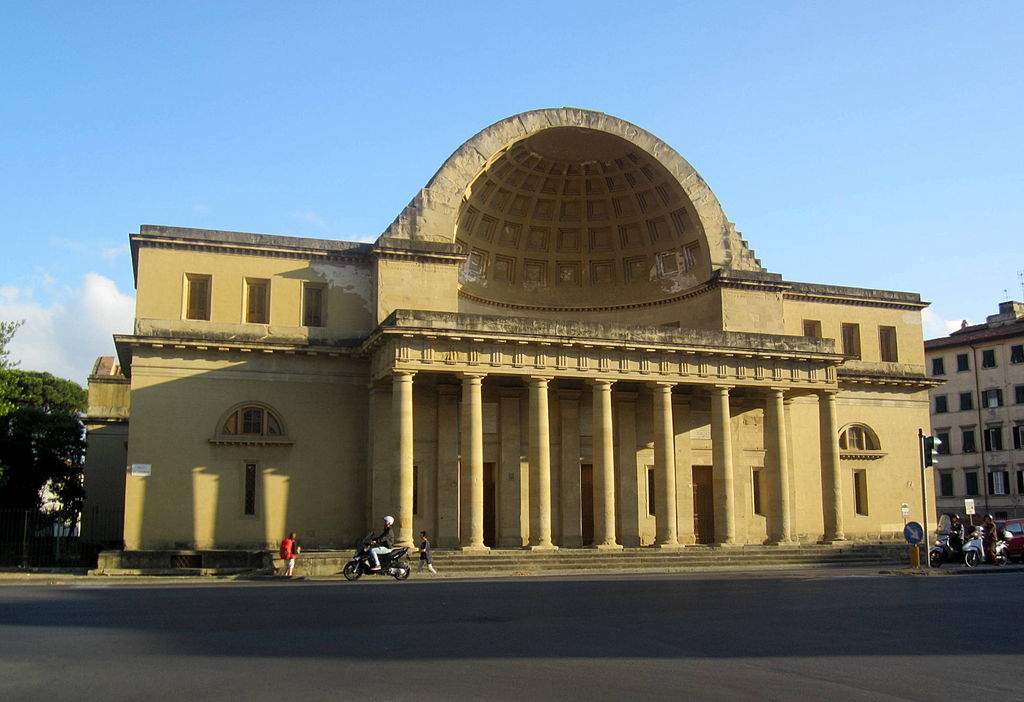
The destination of frequent pilgrimages, the Sanctuary of Our Lady of Grace, better known as the “Sanctuary of Montenero” after the name of the hill on which it stands, is an imposing complex built in the 18th century on the site where tradition places an apparition of Our Lady to a shepherd in 1345. The present building was designed in the 1720s by Giovanni del Fantasia, only to be remodeled between the 19th and 20th centuries. The sanctuary’s eighteenth-century church is distinguished by an altar that is another masterpiece of late Tuscan Baroque, the work of Giovanni Baratta and his pupil and nephew Giovanni Antonio Cybei, inside which is placed the fourteenth-century image of the Madonna of Montenero. Among the shrine’s most visited sites is the Famedio di Montenero, where the monumental tombs of illustrious Leghorners are located: among them are the artists Giovanni Fattori, Paolo Emilio Demi and Enrico Pollastrini, while a plaque commemorates Amedeo Modigliani, who is buried in Paris.

The famous bronze group designed and executed by Pietro Tacca of Carrara is one of the major Italian masterpieces of the period before the explosion of the Baroque. The four statues depict four Barbary corsairs captured by the Order of the Knights of St. Stephen during frequent clashes in the waters of the Mediterranean, which often led to the opposite outcome (i.e., the Moors captured Christians who then became slaves in Ottoman cities), and bound in chains at the foot of the marble effigy of Ferdinand I, by Giovanni Bandini. The work is located in Micheli Square, in front of the Medici Port, and during its history has survived both the raid of Napoleonic soldiers in 1799, who failed to destroy it despite their willingness to do so, and the hypothesis of relocation advanced in the 19th century. The monument was originally meant to represent the authority of Grand Ducal Tuscany to anyone arriving in the city by sea. From an artistic point of view, they are distinguished by complicated poses and very strong realism of expressions, which demonstrate the genius of their author Pietro Tacca.

The Acque della Salute establishment, the “Terme Corallo,” was opened in 1904 and was one of the most important spa complexes in early 20th century Tuscany, a sort of Montecatini Terme by the sea. Built according to a design by engineer Angelo Badaloni in Art Deco style, the complex consists of three buildings characterized by halls with elegant Art Nouveau decorations, embellished with Ernesto Bellandi’s majolica tiles. The factory continued its activities until World War II, after which, however, it was completely abandoned and experienced decades of decay. Only recently has the Municipality of Livorno, after acquiring the facility in 2009, begun work on securing and redeveloping it.At present, the establishment is sporadically open for private visits and performances, but it still lacks a project that would give the complex a destination.
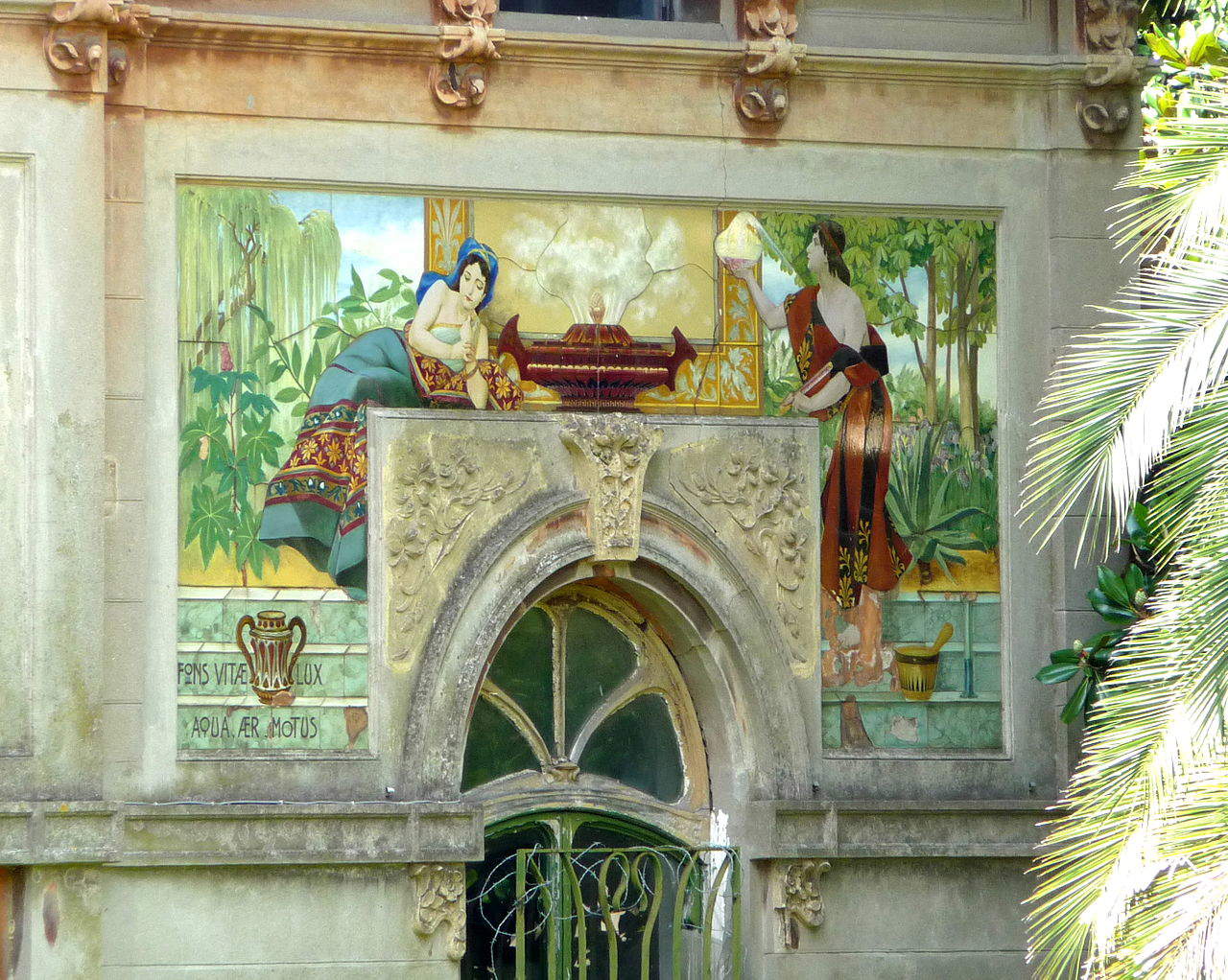
 |
| Art in Livorno: 10 places to visit in the city |
Warning: the translation into English of the original Italian article was created using automatic tools. We undertake to review all articles, but we do not guarantee the total absence of inaccuracies in the translation due to the program. You can find the original by clicking on the ITA button. If you find any mistake,please contact us.